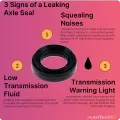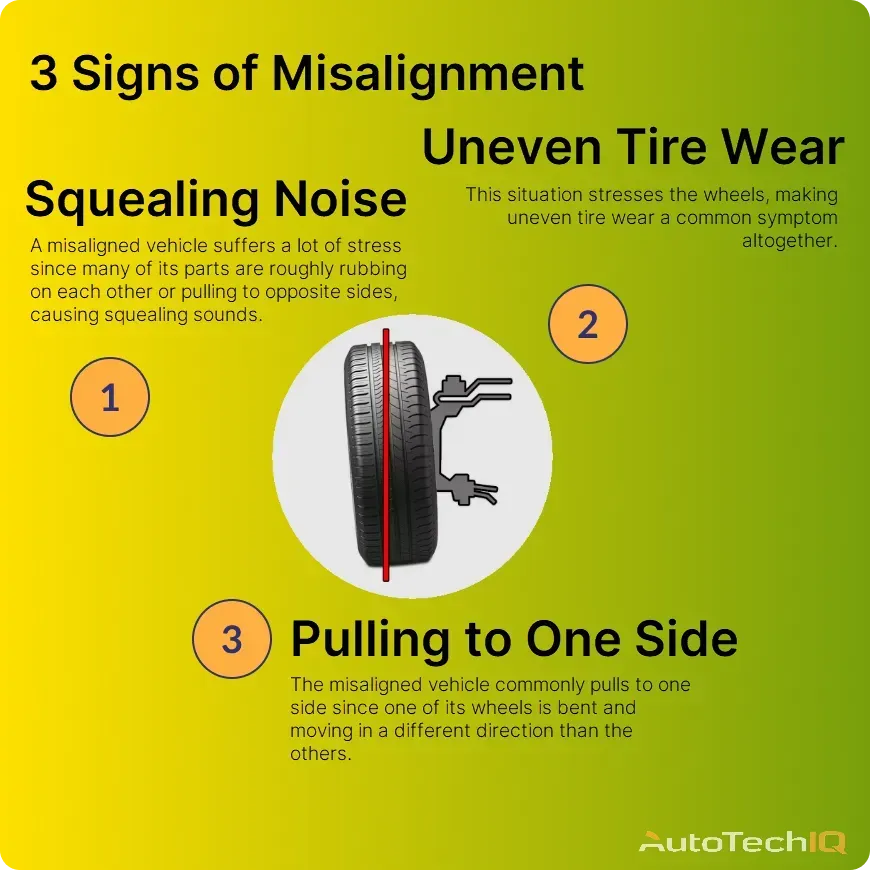
The main sign that your car’s alignment has gone bad is that it can’t drive straight. A bad alignment causes your vehicle to steer towards one side more than the other. This is because the misalignment happens when the wheels of a car get bent and out of alignment. So, they won’t stay in a parallel position, causing the vehicle to drive erratically.
-
Key function: The alignment is a key factor to make a vehicle safe, comfortable, and operating as intended. It ensures the car drives straight and reacts properly to the driver’s commands.
The wheels, suspension, steering, and even the chassis of a vehicle can bend and cause a misalignment.
-
Safety: A misalignment severely impacts the vehicle’s wheels, suspension, and steering components, causing the driver to struggle to control and steer the car. This is a serious situation where improper vehicle control can lead to traffic accidents.

Pulling to one side
The misaligned vehicle commonly pulls to one side since one of its wheels is bent and moving in a different direction than the others. This bad wheel alignment also makes uneven tire wear a common symptom altogether.
A bent suspension or steering component can have the same effect since they’re directly related to the movement of the wheels. This type of bending can happen when the vehicle hits potholes, drives on rough terrain, or crashes.
Squealing sounds
A misaligned vehicle suffers a lot of stress around the wheels, suspension, and steering components. Many of these systems’ parts are roughly rubbing on each other or pulling to opposite sides, causing squealing sounds.
The squealing noise gets louder as the misalignment worsens. Every time the car drives with this issue, components overstress, wear out, and can bend further, leading to worse symptoms. It’s common for the squealing noise to be louder when the vehicle is turning.
Other common signs
Here are other common signs that your vehicle’s serpentine belt might have slipped:
-
Tough handling
-
Uneven tire wear
-
Steering wheel off-center
-
Vibrating steering wheel
Possible fixes
-
Wheel bearing replacement: A misalignment can lead to uneven pressure and strain on the wheels, causing abnormal wear on the tires and placing additional stress on the wheel bearings. Over time, this uneven stress can cause the wheel bearings to wear out prematurely, as they are forced to compensate for the misaligned wheels' improper rotation.
-
Tire replacement: Misalignment causes the tires to wear unevenly, with some areas experiencing more friction and stress than others. This uneven wear can lead to bald spots, cupping, or feathering on the tires, significantly reducing their lifespan.
-
Brake pad replacement: Misalignment can cause uneven pressure on the brake components, leading to the brakes being applied unevenly across the wheels. This uneven braking force can result in certain brake pads wearing down faster than others, particularly on the side that's experiencing more stress due to the misalignment.
-
Suspension repair: Misalignment can place extra strain on the suspension components by causing them to work harder to maintain vehicle stability and control. This increased stress, particularly on parts like shocks, struts, and bushings, can lead to premature wear and tear.
-
Wheel hub replacement: Misalignment can cause uneven distribution of forces on the wheel assembly, leading to increased stress on the wheel hub. As the wheels are not properly aligned, the hub experiences abnormal forces and vibrations that can accelerate wear on the hub assembly, including its bearings and connections.
- Wheel alignment: You might require proper wheel alignment to fix the balance and proper weight distribution in your vehicle. Therefore a wheel alignment service might be the best solution.
Frequently Asked Questions
What can cause my car to misalign?
Your car can become misaligned due to various factors such as hitting potholes, curbs, or other road hazards, which can jolt the wheels out of their proper position. Accidents or collisions, even minor ones, can shift suspension components and impact alignment. Additionally, normal wear and tear on suspension parts like bushings, ball joints, and tie rods can gradually lead to misalignment.
Does the misalignment worsen over time?
Yes, misalignment typically worsens over time if not addressed. As you continue to drive with misaligned wheels, the uneven wear on tires, increased strain on suspension components, and irregular stress on the steering system can all compound the problem. The worsening misalignment can lead to more pronounced handling issues, quicker tire degradation, and increased damage to other parts of the vehicle, making repairs more extensive and costly.
Can you drive a misaligned vehicle?
You can drive a misaligned vehicle, but it's not advisable. Driving with misalignment can lead to a range of issues, including uneven tire wear, reduced fuel efficiency, and compromised handling, making the vehicle harder to control and increasing the risk of accidents. Over time, it can also cause damage to other components like the suspension, wheel bearings, and brakes, leading to costly repairs.
Other news
-
Car is Squealing When Driving
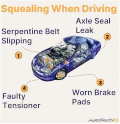
-
What is Preventative Maintenance and What Are The Benefits of it?

-
JobViewIQ - DVI Process Training - Part of the Auto Care Alliance Benefits

-
7 Signs of AC Pulley Issues
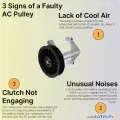
-
7 Signs of Clogged AC Components
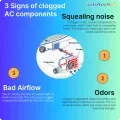
-
How Much Does a Transmission Fluid Change Cost?
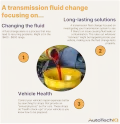
-
7 Signs of a Leaking Axle Seal
